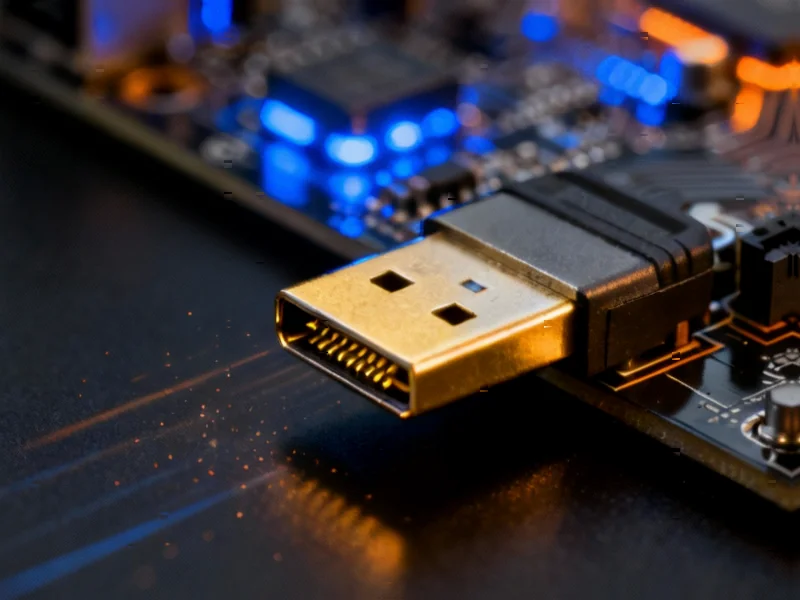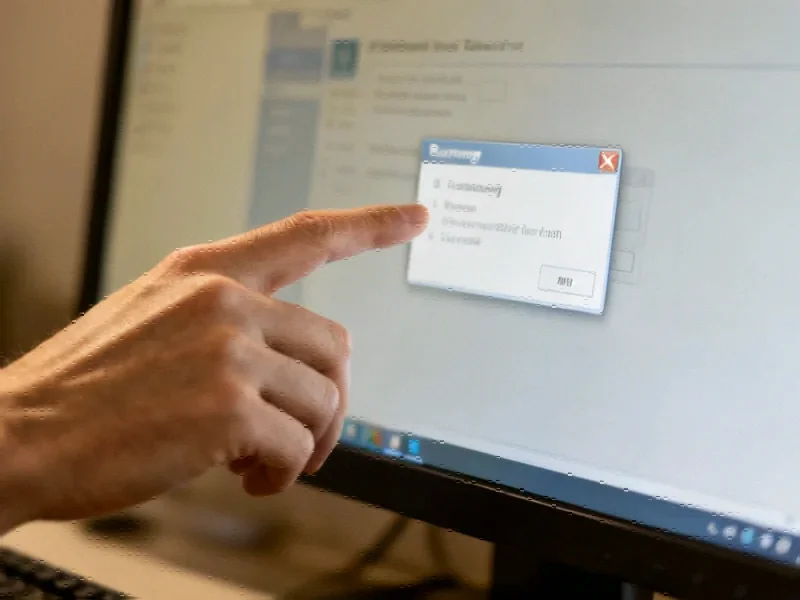Windows 11 Update Cripples Essential Recovery Environment
Microsoft’s latest Windows 11 update has delivered an unwelcome surprise to users attempting to access critical system recovery tools. The KB5066835 build, released on October 14, 2025, has rendered the Windows Recovery Environment (WinRE) inaccessible for many users relying on standard USB input devices. This development comes at a particularly inconvenient time, coinciding with Windows 10’s official end-of-life date and the subsequent migration of millions to the newer operating system.
The severity of this situation cannot be overstated. WinRE serves as the primary troubleshooting interface when Windows encounters serious startup problems, offering access to system restore, reset options, command prompt, and other vital recovery features. Microsoft has acknowledged the issue in its release health documentation but has yet to provide an official resolution, leaving users in a precarious position regarding their system maintenance capabilities.
Understanding the Scope of the Recovery Environment Failure
Users attempting to access WinRE on affected systems—specifically Windows 11 versions 25H2 and 24H2, along with Windows Server 2025—will discover that standard USB keyboards and mice become completely unresponsive within the recovery interface. This effectively locks users out of crucial troubleshooting tools precisely when they’re most needed. The timing of this Windows 11 update disabling critical recovery features couldn’t be more problematic, occurring simultaneously with the Windows 10 support termination.
Interestingly, the bug appears to spare wireless peripherals and older PS/2 connection devices, which continue to function normally within WinRE. This discrepancy suggests the issue relates specifically to USB driver compatibility within the recovery environment. For users without access to alternative input methods, however, this provides little comfort when facing a system that won’t boot properly.
Broader Implications for Windows Ecosystem Stability
This isn’t an isolated incident in Microsoft’s recent update history. The company has faced multiple quality control challenges with Windows 11 updates, including a separate issue with the Windows Media Creation Tool that emerged just hours before Windows 10’s support expiration. These cumulative problems raise questions about Microsoft’s testing protocols, particularly during critical transition periods affecting millions of users worldwide.
The pattern of problematic updates coincides with other recent technology challenges across the computing industry, highlighting broader quality assurance issues affecting both hardware and software developers. As users navigate these complex system dependencies, the importance of comprehensive testing before deployment becomes increasingly evident.
Workarounds and Alternative Recovery Strategies
While awaiting an official fix from Microsoft, affected users have several options to maintain system recovery capabilities:
- Utilize wireless input devices when accessing WinRE, as these appear unaffected by the current bug
- Keep PS/2 peripherals available as a backup for troubleshooting scenarios
- Create system recovery media using alternative methods before encountering startup issues
- Maintain regular system backups to minimize dependence on WinRE for disaster recovery
For those affected by the separate Media Creation Tool issue, Microsoft recommends using the Windows 11 Installation Assistant and selecting the “Download Windows 11 Disk Image (ISO)” option for x64 devices. This workaround allows users to create installation media while the primary tool remains dysfunctional.
Contextualizing Microsoft’s Quality Assurance Challenges
The consecutive timing of these issues—with the Media Creation Tool failing just before Windows 10’s end-of-life and the WinRE bug appearing on the exact date of support termination—suggests potential resource allocation problems within Microsoft’s development and testing teams. These incidents occur against a backdrop of increasing regulatory scrutiny and industry developments that may be diverting attention from core product quality.
Microsoft’s struggle with update quality mirrors challenges faced across the technology sector, where rapid development cycles sometimes outpace thorough testing protocols. The company must balance innovation with stability, particularly as Windows remains the primary computing platform for businesses and individuals worldwide.
Looking Forward: Prevention and User Protection
These recurring issues highlight the importance of maintaining independent recovery options separate from Microsoft’s built-in tools. Users should consider:
- Third-party backup solutions with their own recovery environments
- System image creation using tools unaffected by Windows updates
- Delaying major updates until initial stability reports emerge
- Maintaining separate recovery partitions on system drives
As the computing landscape evolves with new related innovations in system architecture and recovery methodologies, users must adapt their maintenance strategies accordingly. The current situation serves as a reminder that even essential system components can become temporarily unavailable, necessitating contingency planning for critical computing environments.
Microsoft has yet to provide an estimated timeline for resolving the WinRE accessibility issue. In the interim, users experiencing system problems may need to rely on alternative input methods or seek professional assistance for recovery scenarios requiring WinRE access. The company’s response to this situation will be closely watched as an indicator of its commitment to update quality during this transitional period for the Windows ecosystem.
This article aggregates information from publicly available sources. All trademarks and copyrights belong to their respective owners.
Note: Featured image is for illustrative purposes only and does not represent any specific product, service, or entity mentioned in this article.



